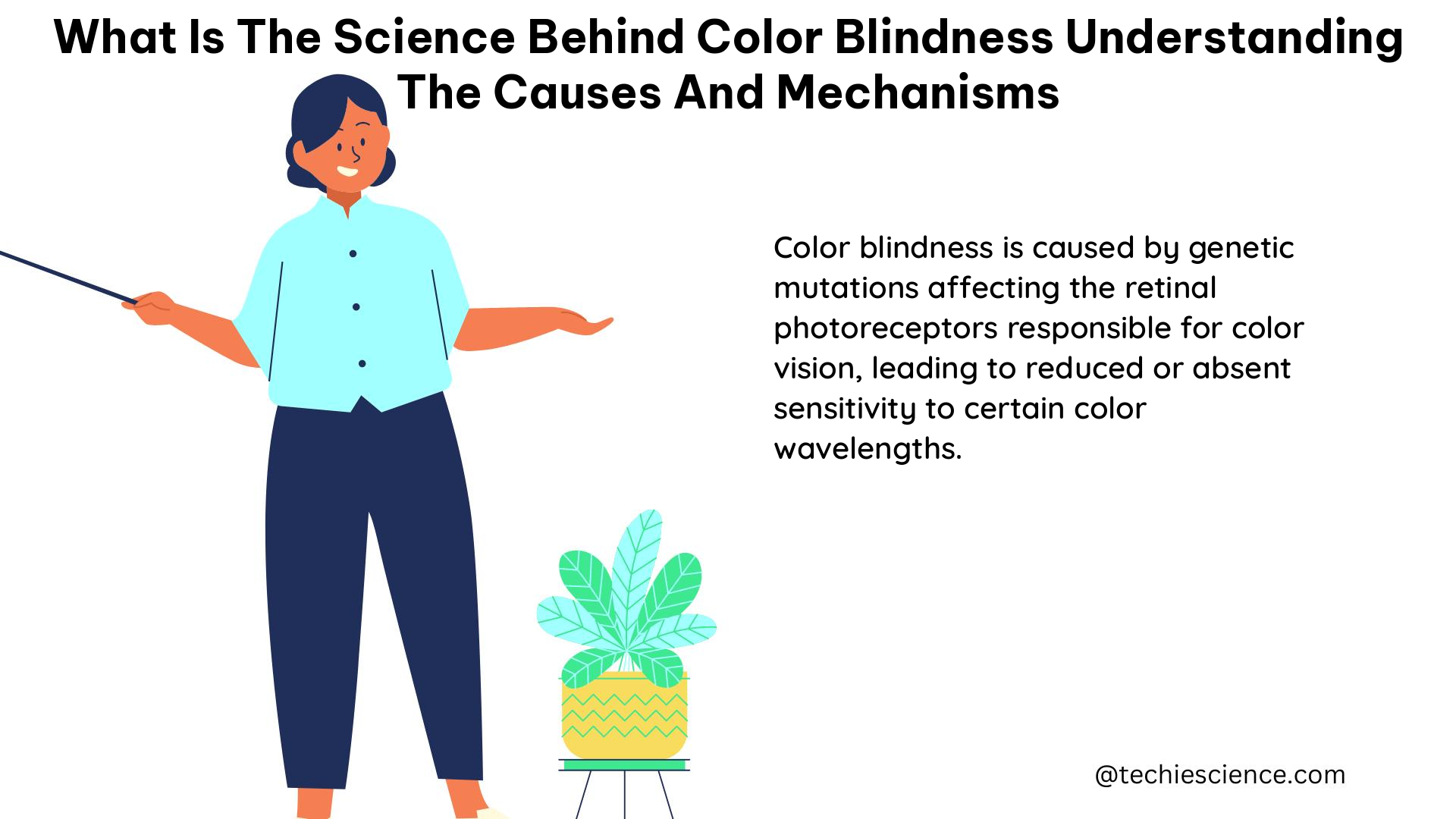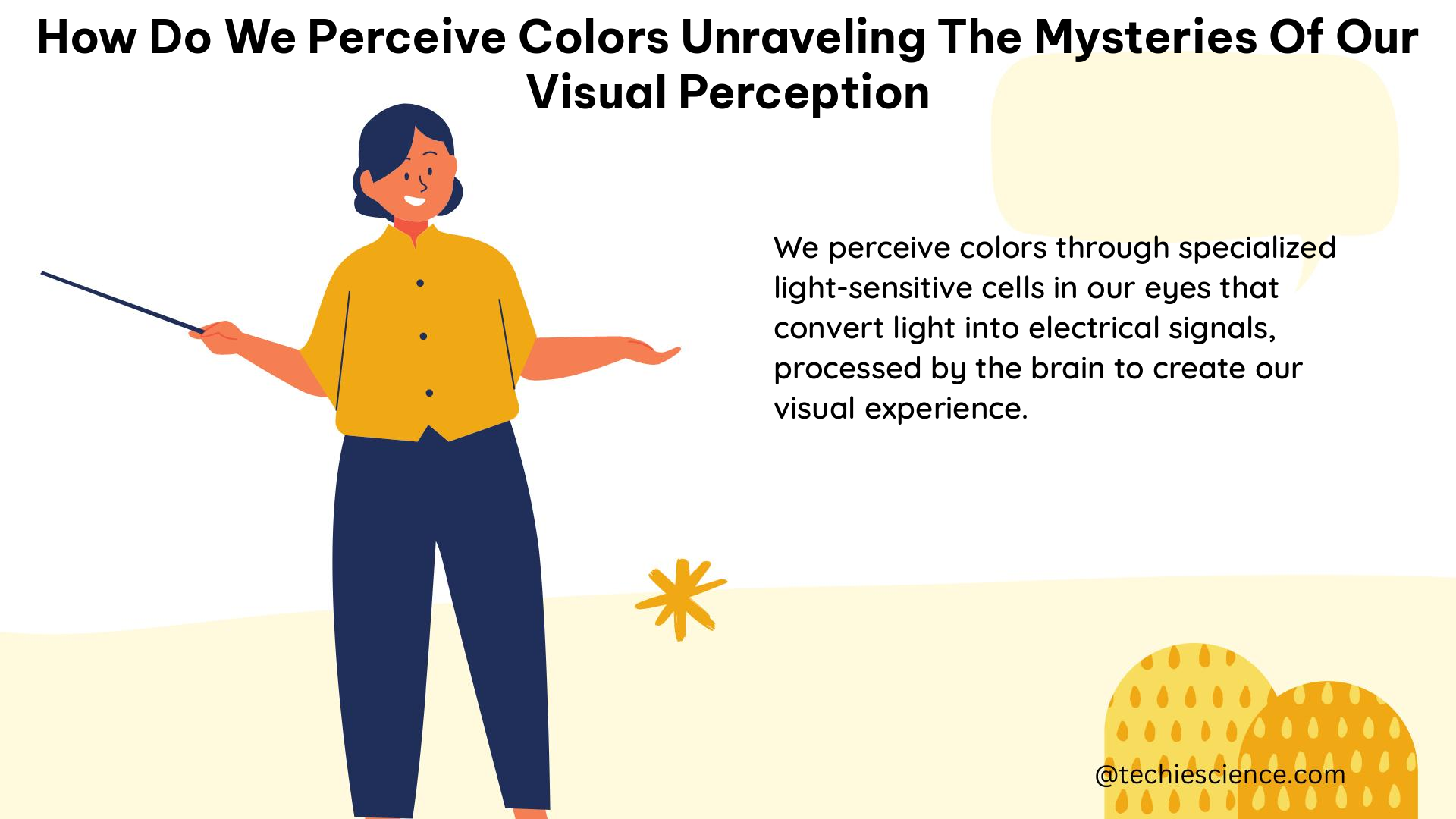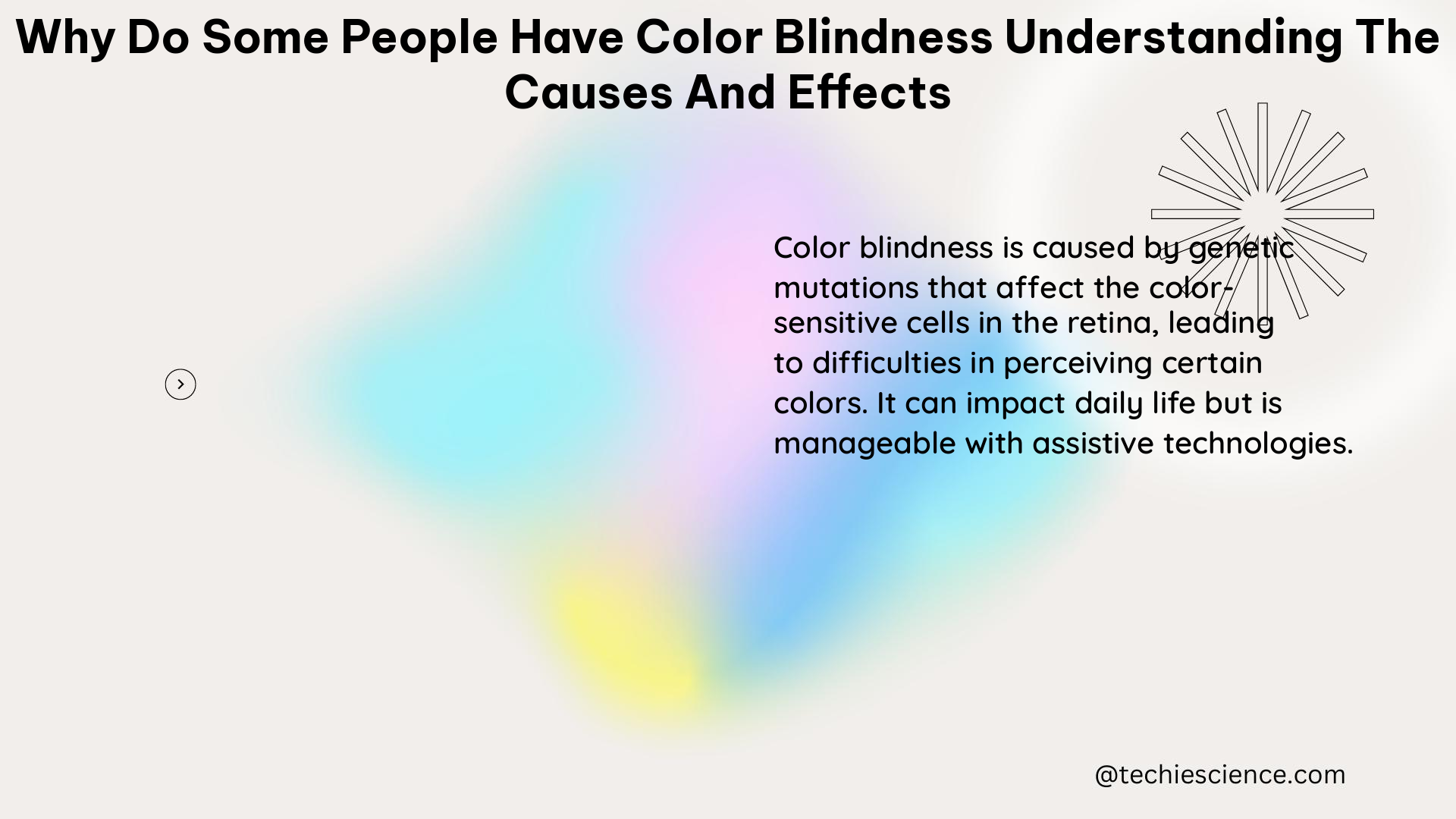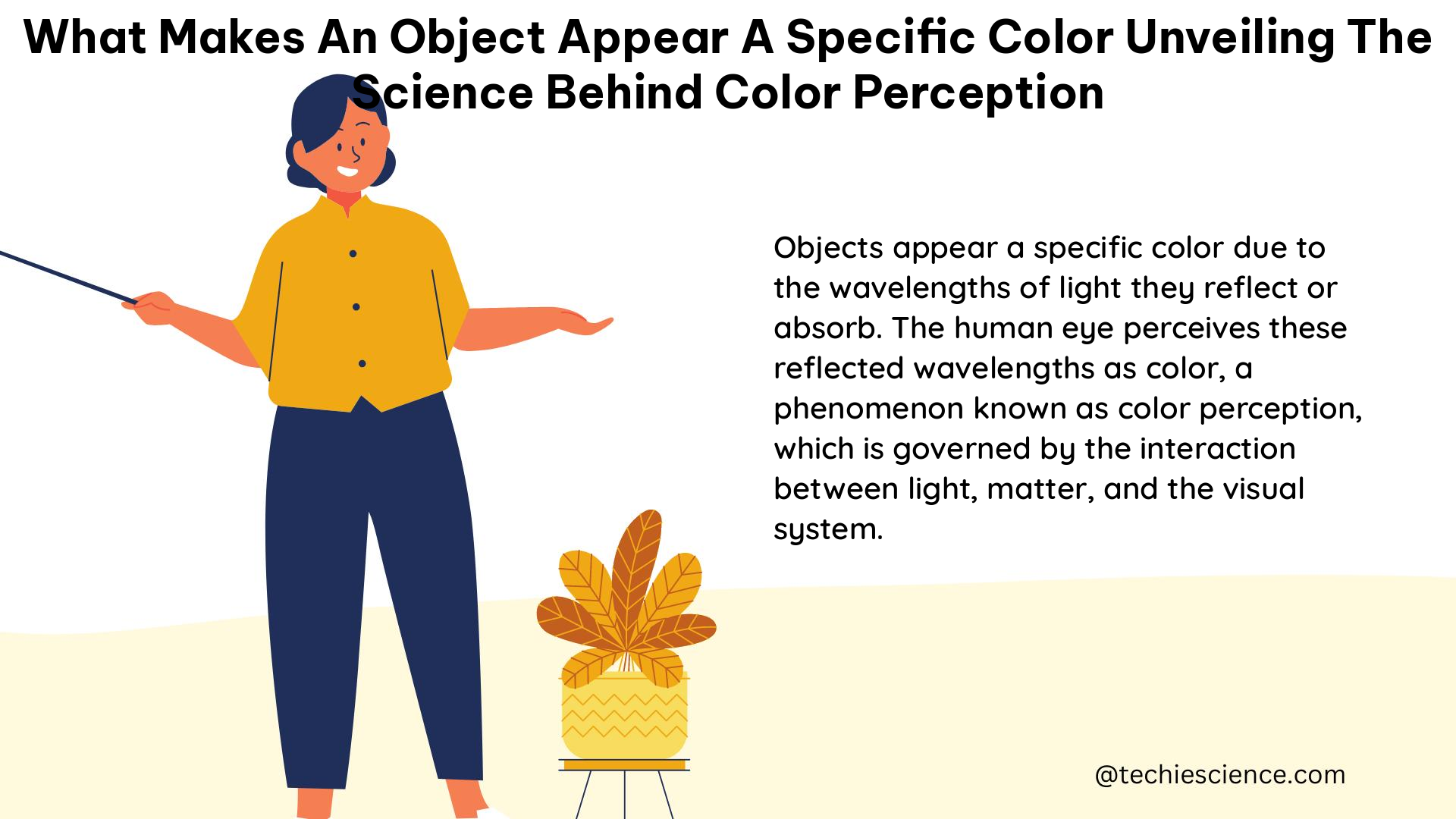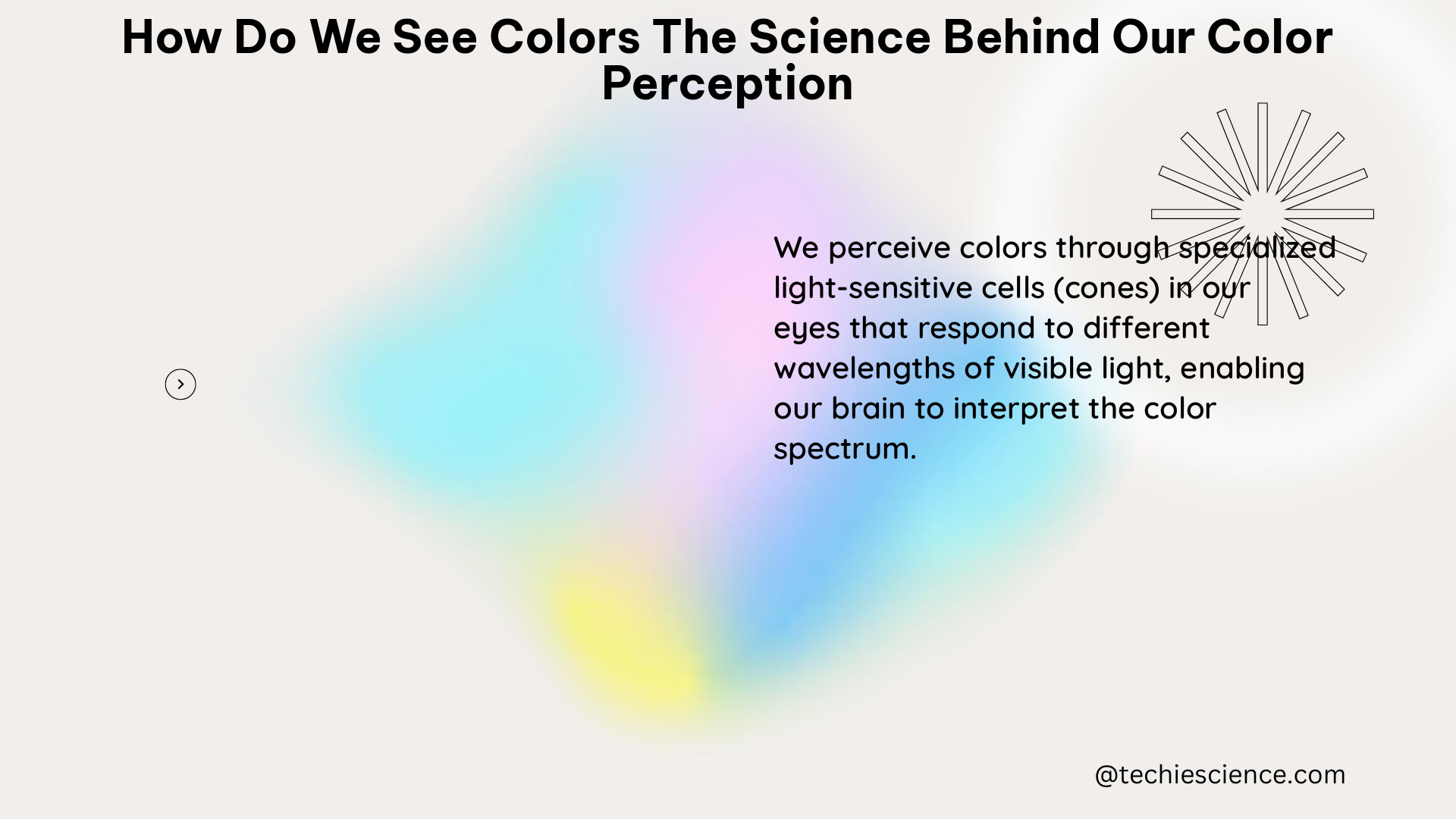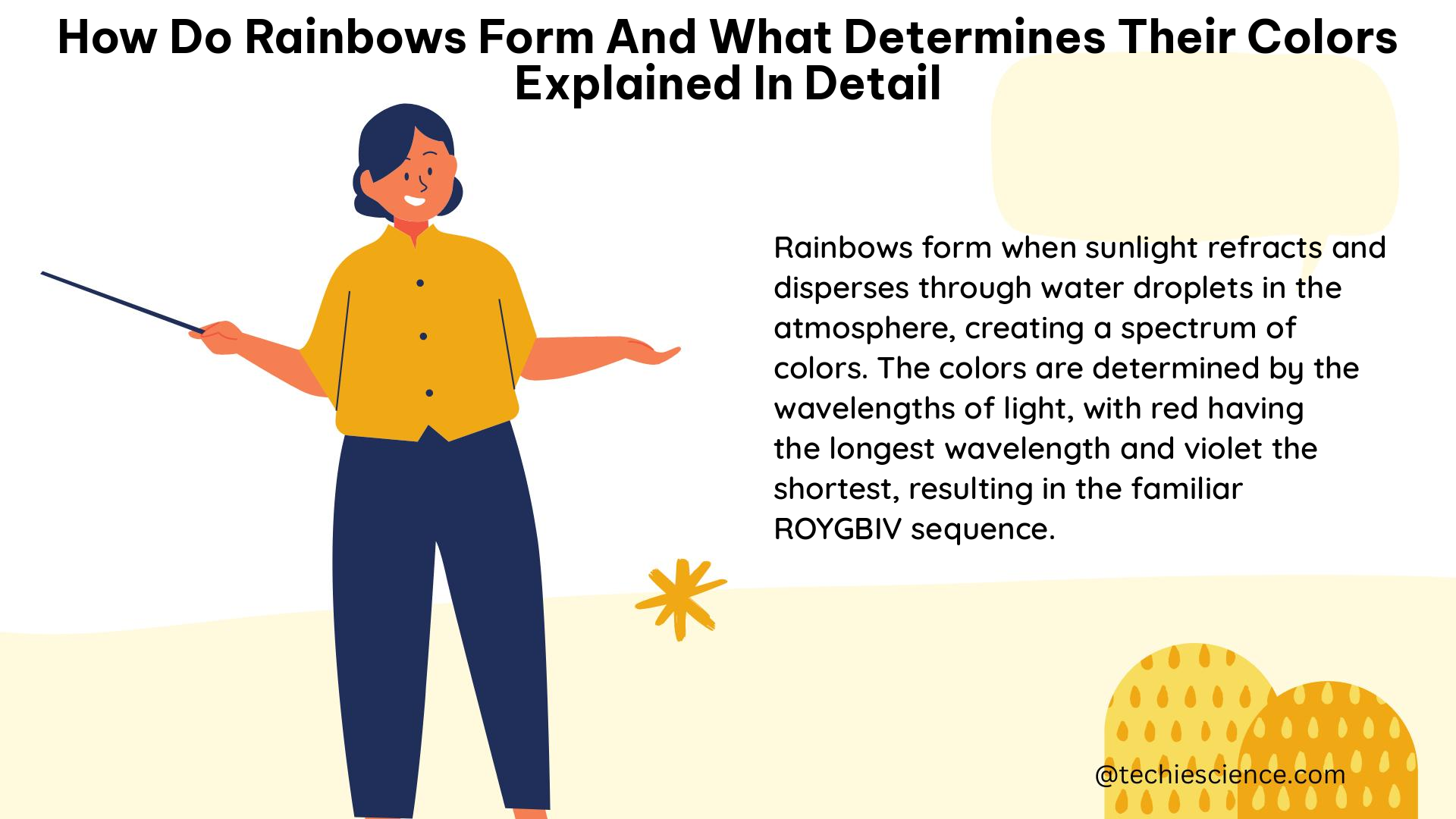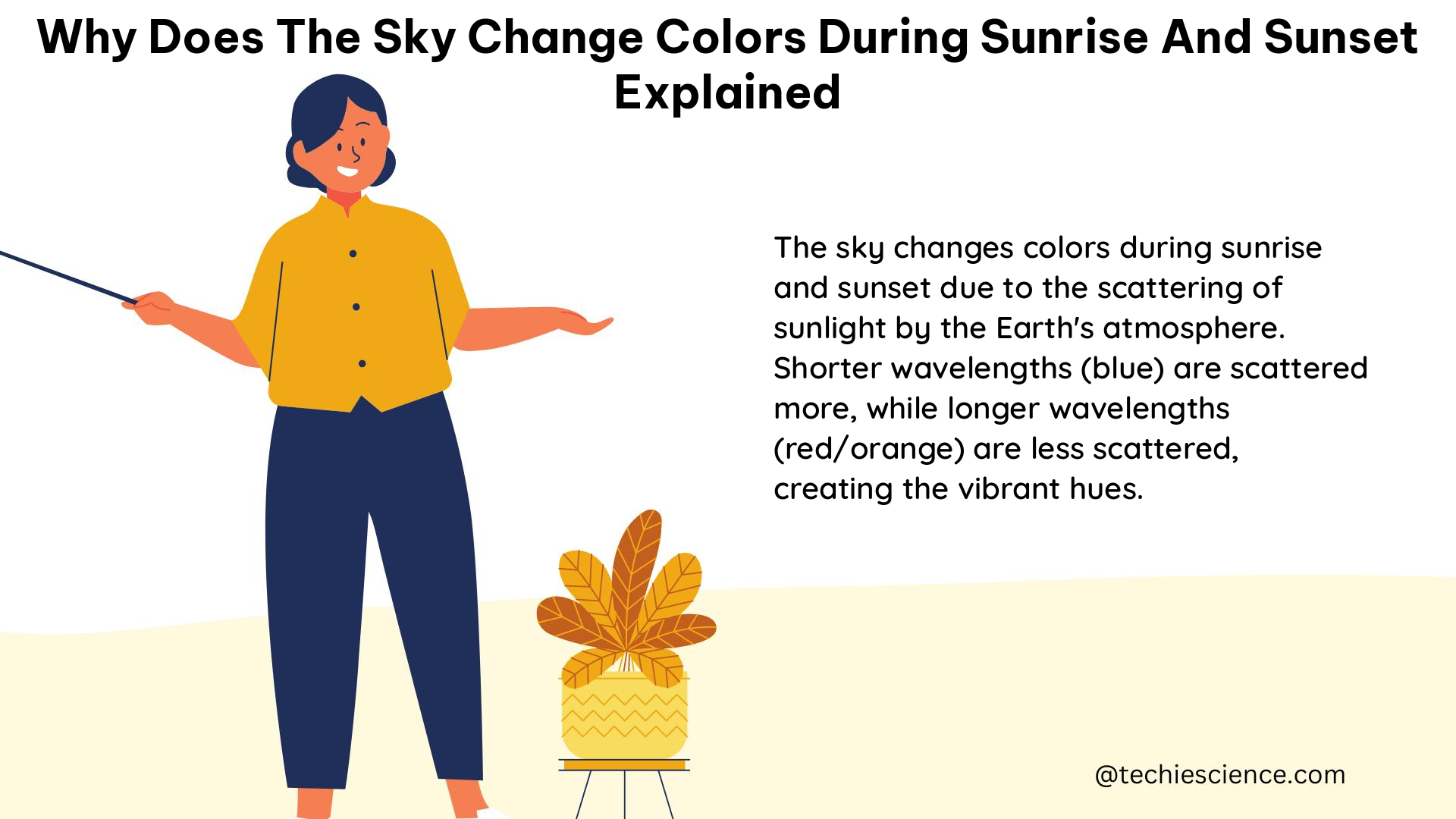The physical properties of a substance indeed help you to describe the nature and state of the substance. Color is one of the nature of the substance, then is color a physical property?
Color is a property of a substance. It is rather considered as the sensation. In most cases, the substance’s color does not cause any reaction with the other substance; thus, color is considered as the physical property.
The color of an object can be seen and also be measured. The color of the object comes from the reflection of the light on the surface that is illuminated on it. The entire phenomenon of color takes place on the surface of the object due to absorption, reflection, or emission of the electromagnetic spectra, and hence color is the physical property.
How Is color a physical property?
When a material absorbs light of a particular wavelength from the spectra and the remaining wavelength is reflected from the surface resulting reflected wavelength gives the color for that material.
While determining the color of the material, it does not undergo any change in the composition or does not react with the other material to form a new compound. Only the absorption and reflection of the light wave takes place and hence exhibits the physical property.
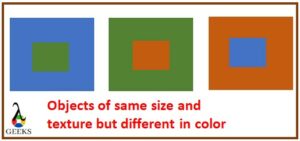
For better understanding, let us assume that a band of the color spectrum falls on the material, absorbing the wavelength of 540 and 460 nm and reflecting the wavelength of 680nm. The resulting color of the material is red because red has a wavelength of 700-635nm. The absorbed colors are green and blue because the wavelength of green is 560-520nm and blue is 490-450nm. As the green and blue colors are absorbed by the material and red is reflected, the composition of the material does not alter; hence the color is the physical property of the material.
Read more on Density is a physical property
Is change in color a physical property?
In the previous section, we described the color as a physical property, but we are still unaware of the change in color is a physical property or not. We can get the answer by considering fading the color of the material as an example.
If you consider your fabric, some fabrics fade and bleed their dye and lose color. This is nothing but a change in color. Even if the color is faded, the composition of the fabric remains unchanged; the cotton fabric remains as a cotton fabric; it does not become silk or nylon fabric even after color fading. Since the change in the color does not affect the composition of the material, the color change is the physical property.
Read more on Boiling Point is a physical property
How is change in color a physical property?
The color change is the most effective way to specify the occurrence of the change in the characteristics. To specify the change in color as physical property or not, let us consider the following examples.
- The copper(II) hydroxide is in blue color; if you heat the copper hydroxide solution, eventually, you will get the black solution of copper oxide. Here the chemical reaction has occurred, which is indicated by the change in color of the solution.
- In the same way, if you add blue or black color to the water, the water turns into blue or black color. This is indeed a physical change as the water is turned into a mixture of ink by not changing the composition of either ink or water.
From the above two examples, we can say that color change is the visual perceptual nature of the material, which indicates the change but does not cause the change. Hence the change in color is the physical property of the material.
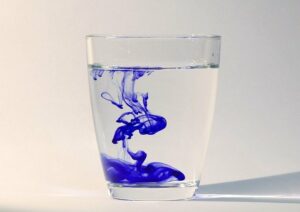
Read more on Solubility is a physical property
Several need to know facts
- The color is considered the physical property because it is based on the properties such as absorption, reflection, and emission of the light spectra.
- Color is the perceptual property because it is relative to the sensation and is the intuitive property of the material; hence we can easily distinguish the color when the spectrum of light interacts with the photoreceptor cells of our eyes.
- Humans have the ability to perceive the colors in the visible light region of wavelength varying approximately from 390 nm to 750 nm. Above and below these wavelengths, we could not recognize them.
- The visualization of the color depends on the wave velocity. The object is said to have color if and only if the reflected light wave must travel at the speed of light c in a vacuum.
- The color of the object is not only due to the reflection of light spectra, but some of the material undergoes transmission and emission of the light spectrum, which causes the color of the material.
- Some objects which have opaque surfaces do not reflect the light, but they undergo scattering. The scattering wavelength determines the colors of such objects.
- Some object scatters all the wavelength of illuminated light with equal strength; such object appears white, while some object absorbs all the wavelength of the illuminated light, such object possess black color.
Read more on hardness is a physical property
Frequently asked Questions
Is color an intensive property or extensive property?
Suppose the property of the substance is independent of its amount or proportion. In that case, such property is called intensive property, while if the property depends on the amount of the substance used in the process, such property is called extensive property.
Most of the time, color is considered as the intensive property as you can distinguish the color of the matter of any size, shape, or texture. But in some cases, the color depends on the shape also. For example, a thin sheet of gold appears reddish, not like gold. This color difference depends on our eyesight and how the brain can recognize it.
Does solubility lead to color change as a physical property?
Some substances, when they dissolve in the solvent, lead to a change in color; this is considered as the physical property.
Since solubility is also a physical property, if any solute dissolved in solvent leads to a change in the color possessing the color of solute is a physical property. If the color of the solution is different from the color of the solution as well as solvent, then there must be a chemical reaction, which is identified by the color change; in such cases, the color change is an indicational physical property.
What is meant by visual perception property?
A physical property of the matter specifying the interpretation of the surrounding environment is called a perceptual property.
If the property defines the visualization of the surrounding environment as day-time vision, night vision, and twilight vision by using the visible spectrum in the environment in which an object reflects the illuminated light is called a visual perception property.
Is it possible for a material to change its color by varying the temperature without affecting its physical property?
There are some cases in which the color change occurs due to a rise or fall in the temperature leads to the color change without affecting the physical behavior of the material.
The heating of iron is the best example. When you heat the iron rod, it turns red. The iron becomes soft, but its chemical property, such as composition, remains the same. Even if you cool the rod, it regains its original hardness and color. So rise or fall in the temperature of specific material does not affect the physical properties.
Rusting of iron leads to color change; how does color change remain a physical property as rusting is the chemical process?
The iron gets rust due to exposure to moisture and air. The rusting causes the iron to oxidize to give iron oxide.
When the iron got rusted, the rusted area became reddish. The color of the rust indicates the chemical reaction has occurred with the iron. If you clean the rusted area with petrol, it vanishes in the beginning stage, so the color change due to chemical reaction becomes reversible.
Also Read:
- What is the science behind color blindness
- How do we see colors
- How do rainbows form and what determines their colors
- Why does the sky change colors during sunrise and sunset
- How do we perceive colors
- What makes an object appear a specific color
- Why do different objects have different colors
- How do filters modify the colors we see
- Why do some people have color blindness
